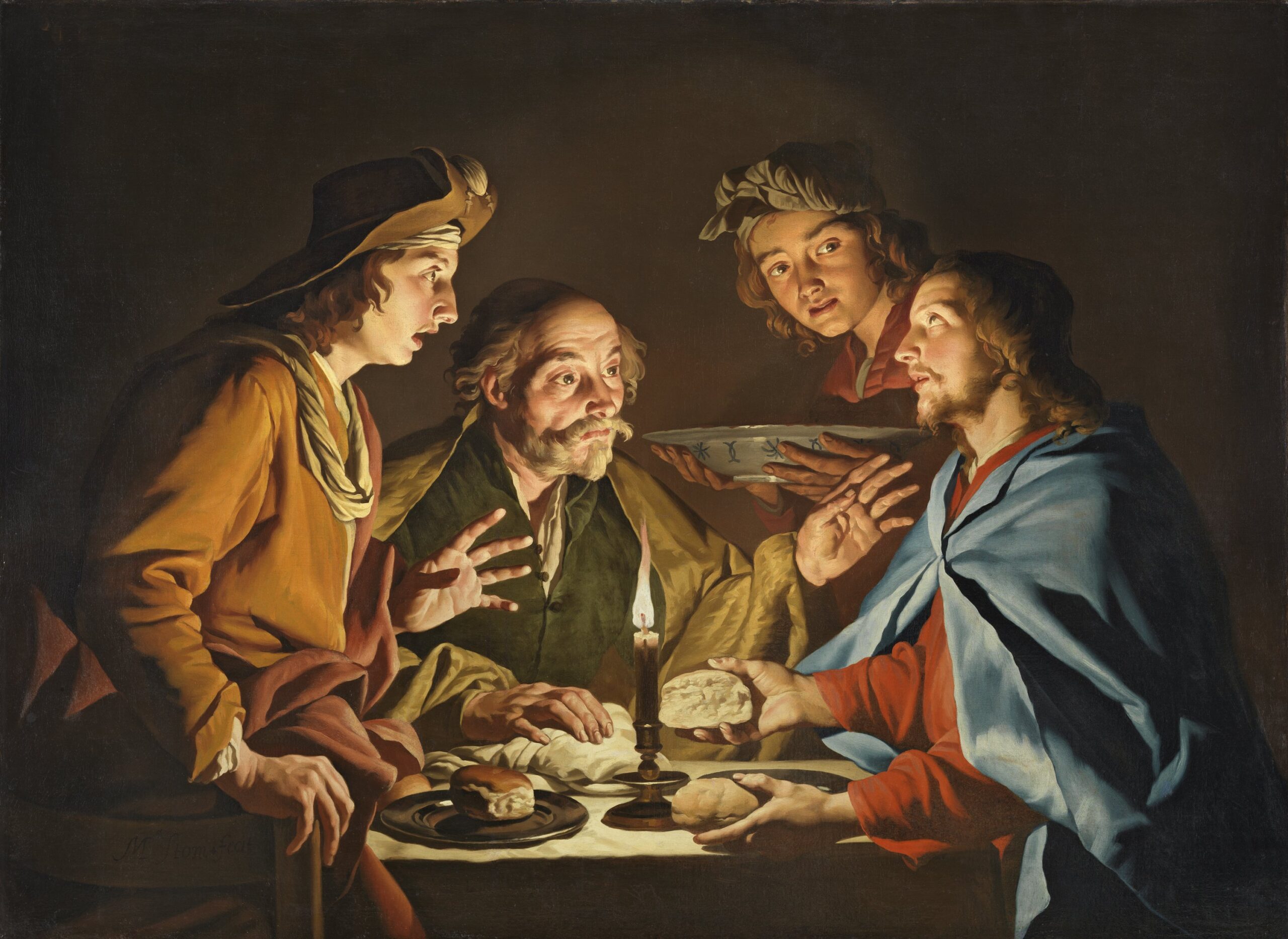A Journey of Faith and Miracles
At every Catholic Mass, a miracle unfolds. Ordinary bread and wine are transformed into the Body and Blood of Our Lord Jesus Christ. This is no mere ritual; it is a profound encounter with Jesus, offering spiritual nourishment that unites us with Him. Receiving the Eucharist frequently not only deepens our connection with Our Savior but also kindles our love for others and fortifies us against future sins. It’s no wonder that the Eucharist is a cornerstone of the Gospels and Paul’s Letters. Jesus made His message crystal clear:
“I am the bread of life. Your ancestors ate the manna in the desert, but they died; this is the bread that comes down from heaven so that one may eat it and not die. I am the living bread that came down from heaven; whoever eats this bread will live forever; and the bread that I will give is my flesh for the life of the world” (John 6:48-51, NABRE).
Over the years, my love for the Eucharist has blossomed, enriching my relationship with Jesus. Reflecting on my life, the times I distanced myself from the Eucharist were the hardest and most desolate. There was a void I couldn’t identify, but by God’s grace, I found my way back. It wasn’t until the pandemic, when we were deprived of the Eucharist for a while, that I truly grasped how vital receiving Jesus is to my life.
Maybe it was the humble appearance of the bread and wine, my lack of understanding, or my tenuous relationship with Jesus that made it easy to stray. Perhaps it was all three. And I wasn’t alone. According to a Pew Research Center study, over 60% of Catholics either don’t know the Church’s teaching on Transubstantiation or believe the Eucharist is merely symbolic.
But we are blessed with more than a few lines of scripture to guide us to the Eucharist. Many saints have spoken and written about the Eucharist, drawing us closer to His love. From St. Tarcisius, who risked his life to bring the Eucharist to persecuted Christians, to St. John Paul II, who wrote extensively on the Eucharist, we have a rich heritage from which to draw. For those seeking more, there are over 100 approved and documented Eucharistic miracles for veneration.
One of the most famous Eucharistic miracles occurred in Lanciano, Italy, in the 8th century. A monk doubting the real presence of Christ in the Eucharist witnessed the bread and wine transform into flesh and blood during Mass. Scientific analysis confirmed that the flesh was human heart tissue and the blood type AB—consistent with other Eucharistic miracles.
Blessed Carlo Acutis, a young Italian who died in 2006, is renowned for his deep devotion to the Eucharist and his efforts in documenting Eucharistic miracles. Carlo saw the Eucharist as the “highway to heaven” and dedicated his life to making these miracles known through a website he created, showcasing instances where Christ’s real presence in the Eucharist was miraculously demonstrated.
Carlo Acutis’ work stands as a modern testament to the enduring truth of Christ’s presence in the Eucharist. His dedication reminds us that the Eucharist is not just a matter of faith; it is supported by tangible evidence of divine intervention. You can explore Blessed Carlo Acutis’ documentation of Eucharistic miracles at miracolieucaristici.org.
So, the third reason I will always be Catholic is simple yet profound: the Eucharist is real.

